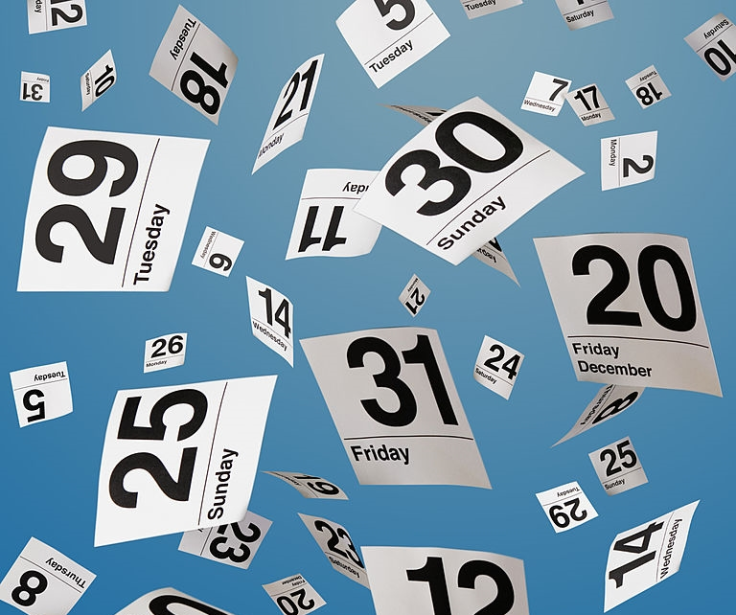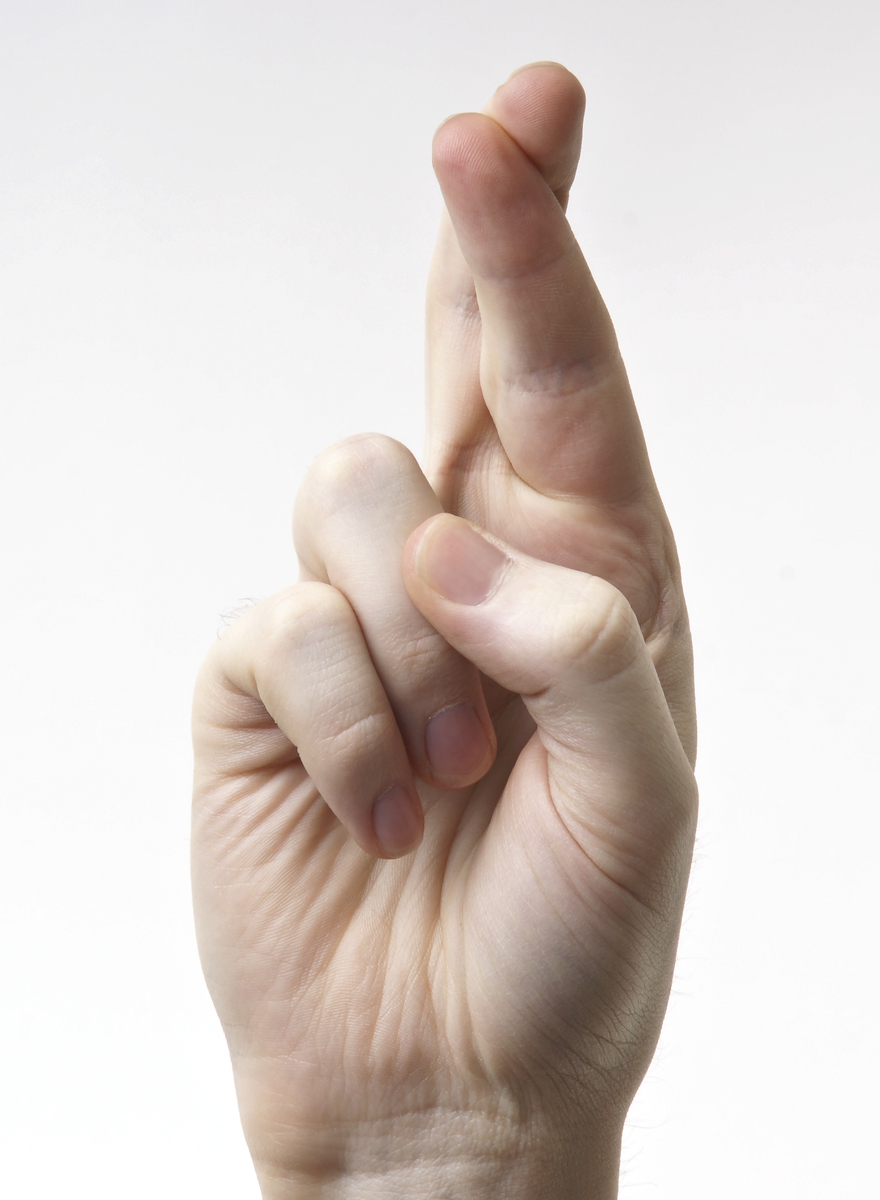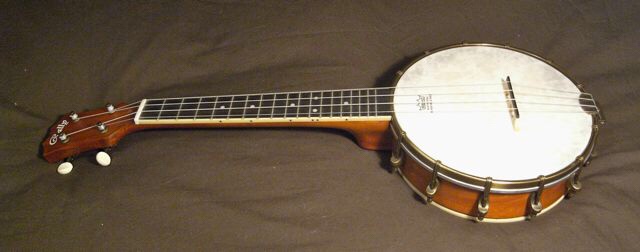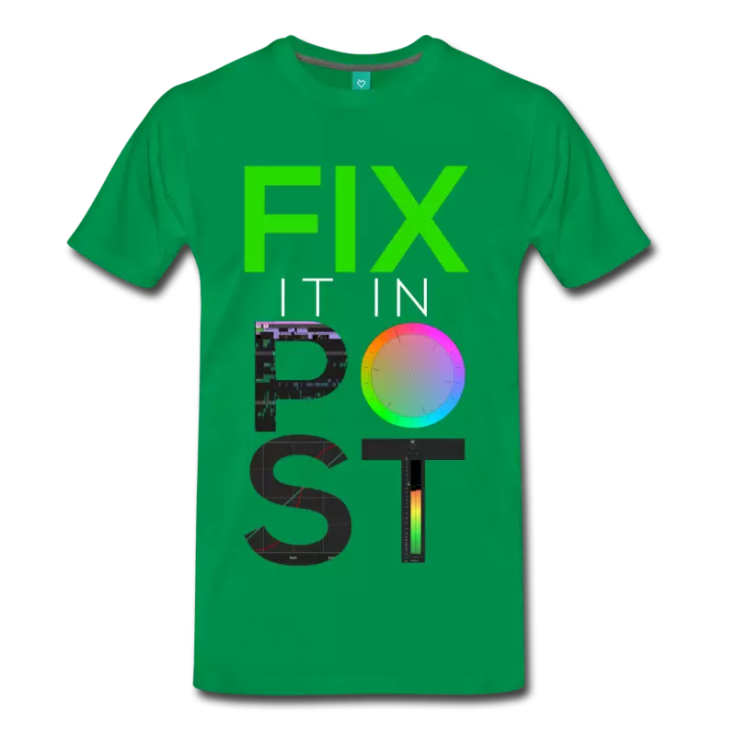Pre-Production
During Pre-Production, it was an incredibly taxing period for us all.
Our first problem arose from the fact that on the first day of script writing, there was a divide between the theme of our film that we wanted to stride for, whether it be darker or more comedic (of which I go into somewhat more detail about in my Shoot Diary page). Then after settling our creative differences and overcoming our initial obstacle, we were struck by a series of unfortunate events, starting with the person who initially volunteered to spearhead the screenwriting becoming far too busy to help work on it.
The same theme persisted through each member of our team, excluding me and the assistant director. She worked as much as she possibly could to get as much of the script finished as she could, but unfortunately she still had to deal with school projects, meaning the amount of time she could forfeit was minimised. This was made even worse by the fact that the next couple of Saturdays were masterclasses, a belated Halloween break, and a storm closure that we had to do a skype session to make up for.

Despite fate’s best efforts, we pushed against the curb and our assistant director finished the script. Throughout the process, I transferred it over to a script formatting software, gave her regular feedback, and tried to suggest to her some things that could be worked into the script, but this was measly in comparison to the insurmountable time and effort she put into each and every scene in the script, so full props to her. It was just a shame that so many of us were held back by winter exam studies and circumstantial blockades in our progress, but as long as we come together in the production and post-production stages, we should come out relatively unaffected by these issues.
While there wasn’t much that I could write about during pre-production, given that the brunt of the work was completed by our assistant director and most of our days being swallowed up by troublesome circumstances, I’m sure that I will have much, MUCH more to write about once we hit the next two phases (especially post-production, since I am the editor of our crew, after all). Until then, I hope that my support given to the assistant director during the script writing at home phase will suffice.

Only time will tell…
*The Production segment of this page can unfortunately not be completed, as I was recovering from a severe flu and chest infection during the days of shooting; those being the 20th and 21st of January. This means I am unable to write about my experience on set as script supervisor. Apologies. On the bright side, my time with editing should be juuuuust fine to write about. Knock-on-wood*
Post-Production
The time where I can truly shine has come to pass, and now I can share with you the abundance of sky-scraping ups and rock-bottom lows throughout this lengthy yet endorphin-lucrative period of my life.
Allow me to begin with the period after I returned from a two-week hiatus due to the dreaded Australian flu and bronchitis (name a more iconic duo).
With the last few remnants of mucus in my lungs and nothing left but a tickle in my throat, I returned at last to the course to review the footage that my incredible crew had gathered for the film – and to my surprise, it wasn’t quite as daunting as I was expecting. There was only about twenty-seven gigabytes of footage and audio, which when compared to another team’s thirty-two gigabytes with a script that was half the size of hours, I’m sure my relief was understandable.

It took about a day to sync up all the footage while my crew finished up their written work in the room down the hall, and then I started putting together the first few scenes the following week. While not terribly hands-on, my crew was a vital asset to the success of my editing. They respected my competence enough to edit solo, but weren’t afraid to speak up when I did something they didn’t approve of. Most of these were to do with B-Roll that ran on for too long, as I get caught up in the idea of “music will be played here and nobody will mind staring at cars driving past for 5 solid seconds”.
The main challenge for editing together the footage was in fact the B-Roll, as our film was a mockumentary (a satirical documentary, for those not in-the-know). Thankfully my astounding crew had recorded more than enough B-Roll for every scene in the film, and they helped me pick out their favourite bits of B-Roll for each intermission. Due to my perfectionism, I spent far too much time on each scene to get each and every cut impeccably cohesive. Compared to the other groups, who were able to cut along to their scripts with relative ease, the B-Roll required for a mockumentary is usually wrote inside of a documentary script, which states what piece of B-Roll should play along each line and during intermissions.

Despite this, I managed to cut together a nice clean cut, each scene approved by my crew before moving onto the next scene. After I had finalised the main film, it was time for the finishing touches…
First on the list: MUSIC!
The soundtrack for our film was created using a “Banjo Uke” or “Banjolele”, which is the nefarious concoction of some mad scientist (most likely from Germany) who couldn’t decide whether to take up the Banjo or the Ukulele, so just said to himself “why not both?”. Despite the concerning use of an amalgamated instrument, it actually turned out perfectly for the fun-go-lucky attitude and theme of our film. We also used a guitar for some of the slower moments of our film, which perfectly contrasted the happier tunes while still remaining in line with our string-orientated score. When my team showed me the clips they recorded, I was overjoyed at how perfectly it matched up with the shots they took, and I edited as many of the audio clips as I could into the film so as not to let any of my team’s effort go to waste.

Next up: The colour correction and grading!
I took special care with this step. I must have spent about an hour per scene adjusting white and black levels, perfecting the contrast and then boosting the saturation of the individual shadows, mid tones, and highlights. I also coloured each of those aspect orange, grey, and teal, as these are the best colours to make the colours of real life pop without turning them into a Matrix-style all one colour thing. This colour palette was planned from the very beginning of the pre-production stage on the same day we came up with the concept of our film. Due to this, I made sure to check back with my crew after each alteration to make sure I had everything precisely how they wanted it. I would say I’m proud of it,

Last but not least, the dreaded “Blanket Scene”
I went into much more detail about this issue in the Shoot Diary section, but for now I shall focus primarily on how we as a team confronted this insolent sequence.
In our film, there was a scene that was planned well before we had a script or even a fleshed out idea for our film. Believe it or not, it was actually the very first scene that we came up with when the concept was originally put forward. In this scene, an invisible character has a blanket thrown over him and he does a little dance to prove he is here. The shot was planned out down to a tee in the shot list, while making sure everyone in my team knew exactly what needed to be done: One shot without a person and the blanket being thrown off screen, one shot with a person having the blanket being thrown over them, and one shot with a completely clean background for masking; all without moving the camera even an inch.
This would have gone smoothly had it not been for the end of the shoot coming to a close and having to leave in about half an hour, not to mention having to clean up the location before they left. Everyone was tired after a ten hour shoot, and not to mention a little panicked due to the lack of time they had left to get this shot. This caused a few accident with shooting to occur, all of which had to be kinked out after the shoot.

The first issue was the lack of light in the shot making auto-keying nigh-impossible, of which manual keying was not an option due to the intricate shape around the edge of the blanket. The second issue was that the blanket being thrown and the person dancing in the blanket were filmed from different positions and angles within the room, meaning there was not going to be a seamless transition for the effect to take place.
There was only one thing we could do: Improvised re-shoot.
My team thankfully still had the blanket that they used for shooting, however both the actors and the location were currently unavailable, meaning we just had to focus on getting the blanket floating and then superimpose it over our original footage. Unfortunately for us, the blanket we used on set was in fact green, meaning green screen chroma-keying was absolutely not an option. Thankfully we did have an abundance of white walls available to us around the building, so we were able to shoot there. We filmed the dancing blanket shot against the white wall, brought it into after effects and cut out the blanket using reverse chroma-key on the green blanket.

Then we used colour correction tools to match it as best we could to the original scene shot at the location, making it look as close to the original scene so it will blend in better when we superimpose it. After the technical issues were taken care of, we had to come up with both a photographically and narratively cohesive way to introduce the shot. Our group decided on having the camera run out of battery just as the blanket gets thrown, having the last moments of life that the camera has be glitched and flickering in and out periodically, which would give us an excuse to cut directly to the shot. This was simple to achieve, as we just had to add in a “battery low” symbol and introduce clips of static over sections of the clip to give us breathing room with cuts. We also edited the audio to sound glitched and like the camera is genuinely freaking out.
So all-in-all, my team was undoubtedly my greatest asset throughout the creation of this film, and I hope they feel the same about me. The abundance of feedback and constructive criticism they gave towards my editing was what allowed me to push myself to the limit and outperform myself at every instance, and their suggestions were invaluable towards creating the final edit of our film. I hope that we can stick together as a crew and work together in future projects, as I don’t believe I will ever encounter another gaggle such as them that can work as efficiently and professionally as them. Every moment with them was a pleasure, and I hope that never changes.

Brilliant work glen you have identified the key factors for effective working relationships and have detailed how you worked with your group. Despite missing the production of your film your have done an amazing job on the edit and have put a lot of hours in to achieve this, great work!
LikeLike
Thank you. So glad to hear I’ve made up for my absence during the production phase from your perspective. I sincerely hope my team feels the same way.
LikeLike